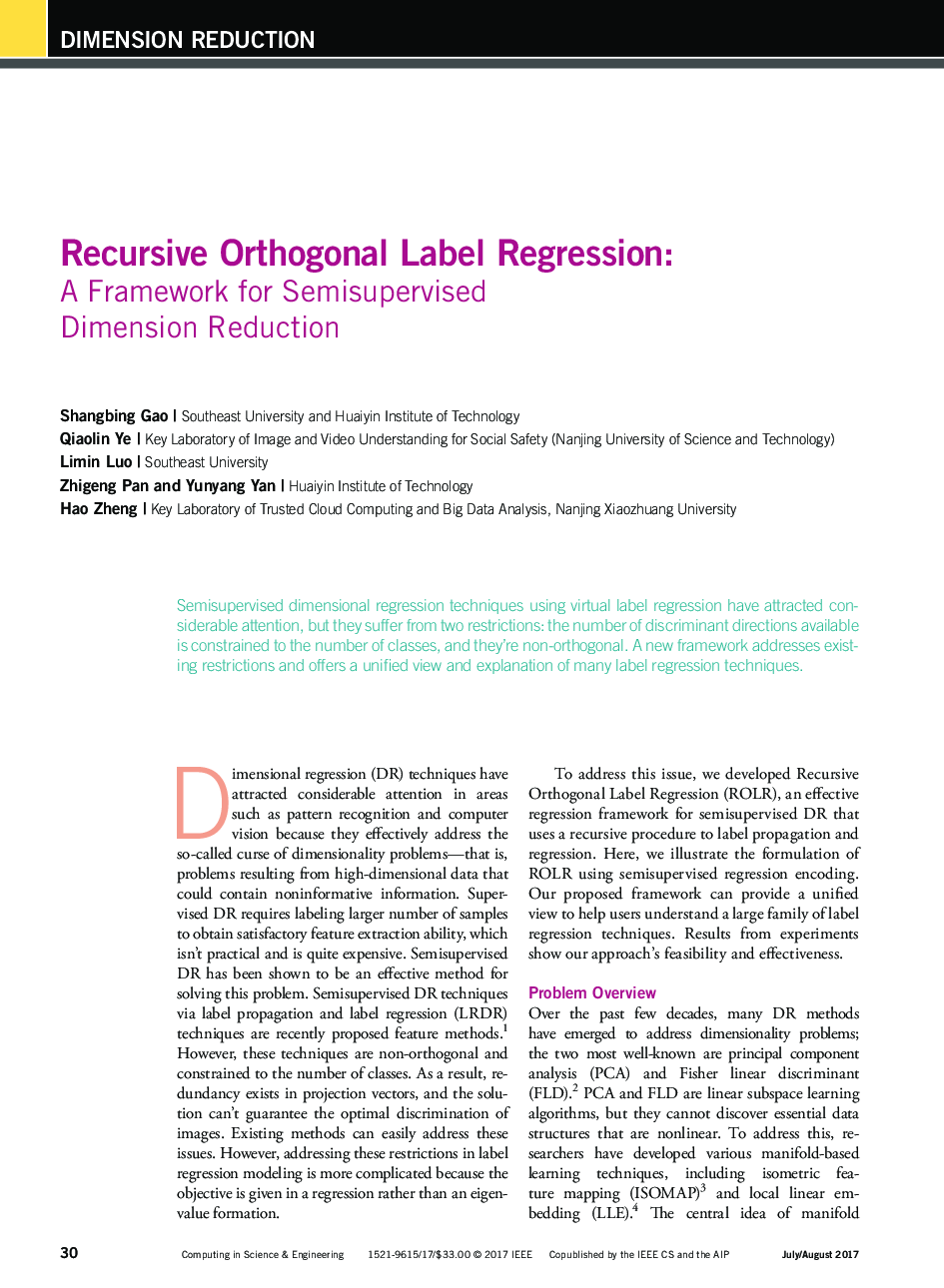| Article ID | Journal | Published Year | Pages | File Type |
|---|---|---|---|---|
| 4752381 | Biomaterials | 2017 | 14 Pages |
Abstract
Nanoparticles simultaneously integrated the photosensitizers and diagnostic agents represent an emerging approach for imaging-guided photodynamic therapy (PDT). However, the diagnostic sensitivity and therapeutic efficacy of nanoparticles as well as the heterogeneity of tumors pose tremendous challenges for clinical imaging-guided PDT treatment. Herein, a polymeric nanoparticle with tumor acidity (pHe)-activatable TAT targeting ligand that encapsulates the photosensitizer chlorin e6 (Ce6) and chelates contrast agent Gd3+ is successfully developed for fluorescence/magnetic resonance (MR) dual-model imaging-guided precision PDT. We show clear evidence that the resulting nanoparticle DATAT-NP [its TAT lysine residues' amines was modified by 2,3-dimethylmaleic anhydride (DA)] efficiently avoids the rapid clearance by reticuloendothelial system (RES) by masking of the TAT peptide, resulting in the significantly prolonged circulation time in the blood. Once accumulating in the tumor tissues, DATAT-NP is reactivated by tumor acidity to promote cellular uptake, resulting in enlarged fluorescence/MR imaging signal intensity and elevated in vivo PDT therapeutic effect. This concept provides new avenues to design tumor acidity-activatable targeted nanoparticles for imaging-guided cancer therapy.
Related Topics
Physical Sciences and Engineering
Chemical Engineering
Bioengineering
Authors
Meng Gao, Feng Fan, Dongdong Li, Yue Yu, Kuirong Mao, Tianmeng Sun, Haisheng Qian, Wei Tao, Xianzhu Yang,
